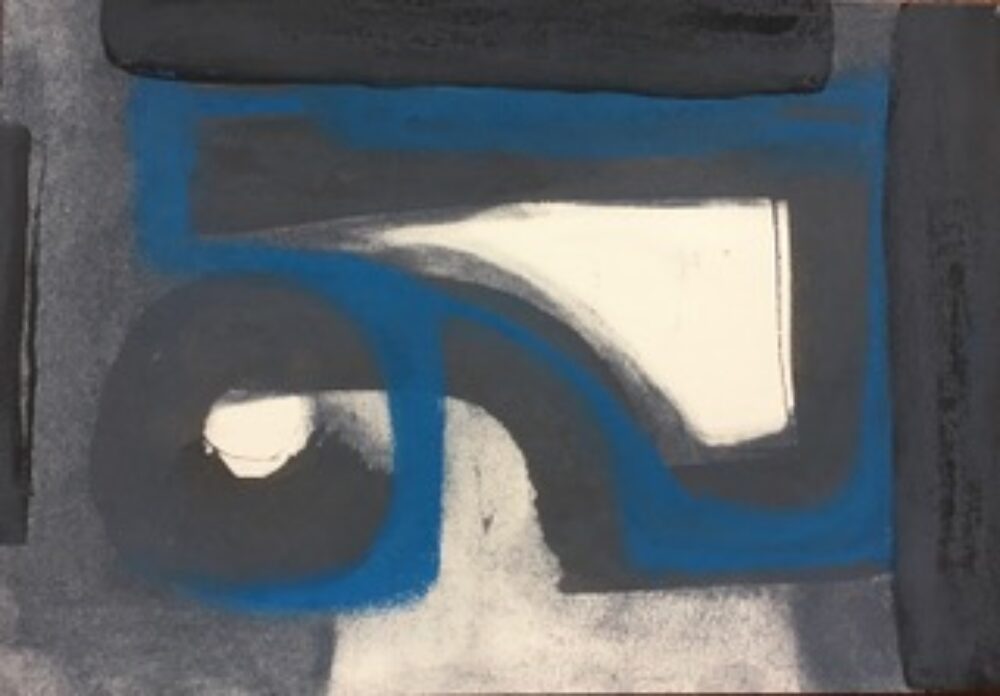Blood Quantum
Blood is a bodily substance and a rich and handy referent to a host of social meanings. “Blood is thicker than water”. Blood is not just a fluid it is also a permanent biogenetic relationship “thick” with obligations. Blood can be the symbolic vehicle for the emotions of social life “His blood is up” and “there is bad blood between them“. During the War in Vietnam, soldiers identified as African American were referred to (and referred to themselves) as “bloods” “One of the bloods was killed today.” Here “blood” stands in for “race”.
However, “blood” is not a static repository of linked social meanings, it is a flexible sorting tool. It can include or exclude. It depends on who is wielding it and for what purpose.
In 1887, the Dawes Act gave the Federal government the authority to break up Indian reservations into “allotments” to be doled out to individuals and owned on a fee simple basis. The de jure purpose was to hasten the assimilation of Native Americans into (capitalist) society. The de facto result was that 100 million acres of Native American treaty land was opened to development. In order to preserve the fiction of “fair” allotment, the Federal government had to count Native Americans. In order to count Indians they needed a measurement of “Indian-ness”. From the current Bureau of Indian Affairs website (note that the B.I.A does not put quotation marks around the word blood):
Blood quantum is the amount of Indian blood you possess as determined by the number of generations of Native people you descend from, and it is the process that the federal government uses to determine whether they consider you a Native American or not.
Bureau of Indian Affairs
One “full blooded” parent makes you 1/2 Indian. One “full blooded” great grandparent makes you 1/8 Indian etc. Depending upon the tribe, a fraction less than 1/4 may make a person “non-Indian” and ineligible for tribal membership. One drop of Native American blood does not an Indian make.
Such “blood” fractions were (and are) totally foreign to Native American culture and they were not based on any scientific theory. But they were based on ideas of relatedness still held by “white” people and these ideas provided cover for powerful economic interests to subtract Native Americans from their land and reduce the Federal government’s financial obligations to ever fewer “Indians”.
Contrast this to the “one drop rule” under which any person with one ancestor of African descent was legally a “negro”. Why weren’t the children fathered on enslaved women by “white” owners considered “half-white”?
The ownership of human beings had to be justified on the basis of the “natural” biological inferiority of the “race” being owned. Linked metaphors of race supplied by notions of “white” and “black” reinforced the hierarchy of slave ownership. The color white is achromatic. If colors are mixed into it, it is no longer white. A substance is “pure” when it has no other substance commingling with it. For the slaveholders of the South who labeled themselves “white”, one “drop” of “black” blood was a demarcating impurity that separated “white” from “black”.
Given that there is no black or white on the color wheel of human skin, why the insistence on an imagined impurity? For one, the putative superiority of the owners was a belief which needed to be tightly held. Moreover, the “one drop rule” had the fiscal benefit of adding to the number of human assets on the owners’ ledgers. Fractions of blackness in children were rounded up to whole numbers of slaves.
Blood quantum is subtractive for Native Americans. They are meant to disappear. Blood quantum for “black” people is additive, a mark of inferiority that never disappears.
The moral of the story is this: when the ravening maw of capitalism has to be fed, pay attention to the pronouns. Better it should happen to “them” than to “us”. Pay attention to the words used to decide who “they” are.
